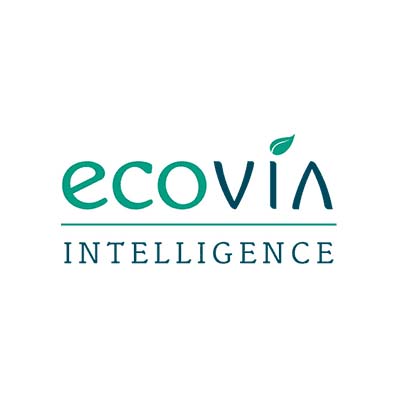Global sales of organic food & drink are soaring, however supply-related problems are expected to increase as production becomes international.
Exceptionally high market growth rates are causing demand to outpace supply. The North American region is the most adversely affected with food manufacturers and retailers grappling to find adequate supply of organic products. American companies are currently scouring the globe for organic ingredients.
The European organic food industry is also experiencing supply shortages. Even sectors that have been suffering from overproduction have fallen victim. Significant volumes of organic meat products were sold as conventional meats between 2002 and 2004 because demand fell short of supply. The European organic dairy sector also suffered from oversupply with over a third of all organic milk produced in countries like Denmark, the UK, and France going into the conventional market. Both sectors are now experiencing undersupply with retailers struggling to find new sources. One British retailer is marketing transitional organic milk, whilst other retailers have resorted to importing organic milk. A growing number of European supermarkets are offering fixed contracts to livestock farmers to encourage them to convert to organic practices.
Product shortages in North America and Europe are resulting in organic food imports from across the globe. Organic ingredients like beans, seeds and nuts are increasingly coming from countries like China, Turkey and Brazil. Organic herbs & spices are being imported from India, Paraguay and Ethiopia. Increasing volumes of organic fresh fruit & vegetables are coming in from African and Asian countries. Latin America and Australasia are already established sources of organic meat products.
Organic food production has indeed become global, however the disparity between producer and consumer countries is growing. Demand for organic products is concentrated in affluent countries where production of organic foods is increasing at a relatively slow rate. The largest increases in organic food production are in developing countries which have very small internal markets for organic products. For instance, the amount of organic farmland in Africa, Asia and Latin America has reported triple-digit growth since 2000 compared to double-digit growth in other regions. However, production in these regions is highly export-geared with relatively few certified organic products sold in producer countries.
Most sales of organic foods are from countries where consumers have high disposable incomes. The G7 countries account for over 80% of total sales, whereas their share of international organic farmland is a mere 12%. This over-concentration of demand puts the global organic food industry in a potentially fragile condition. Most organic food is produced for two regions. Protectionism measures or sluggish demand from one or both regions would close up markets for producers in developing countries.
Supply of organic foods has become global, however demand has not. Producers in developing countries are advised to develop internal markets for organic products to spread business risk. The challenge is creating demand in countries where large sections of the population cannot afford to pay the price premium for organic foods. Producers can learn from Latin American producers who have successfully developed regional markets for their organic products. The Eco Vida Network in Brazil is a fine example of how producers have developed local markets by building strong relationships with consumers. By thinking local and undertaking such initiatives, producers can ensure the global organic food industry continues to go from strength to strength.
Related reports…
#7003-40 The Global Market for Organic Food & Drink
#3002-44 The North American Market for Organic Meat Products
Posted: November 15th 2006
For permission to publish our research insights, please contact our media department

